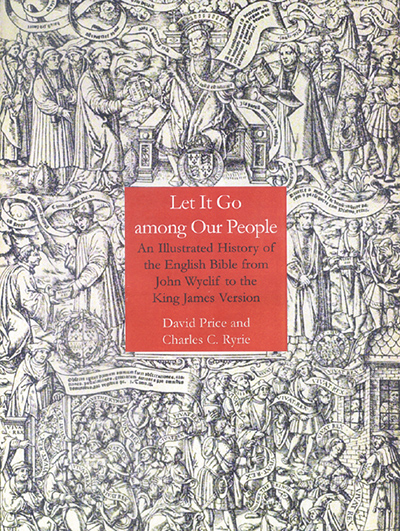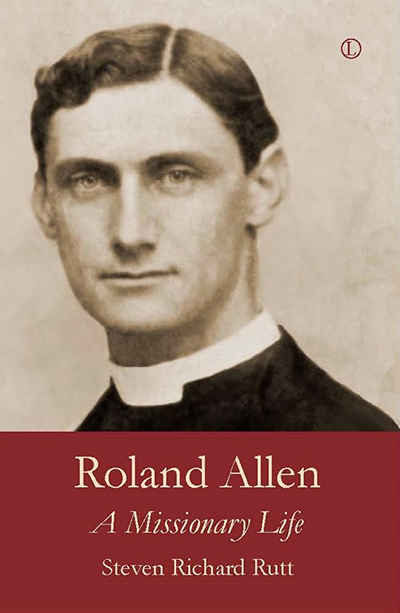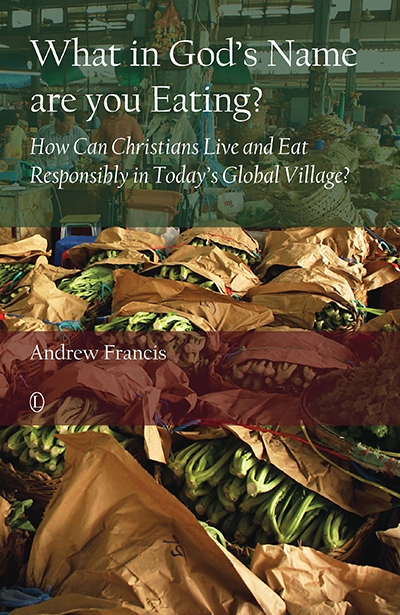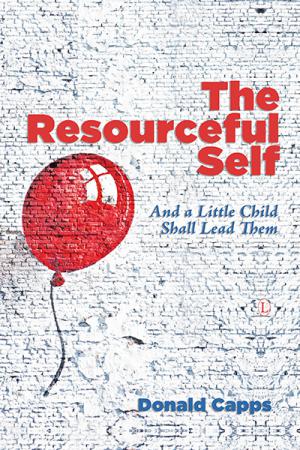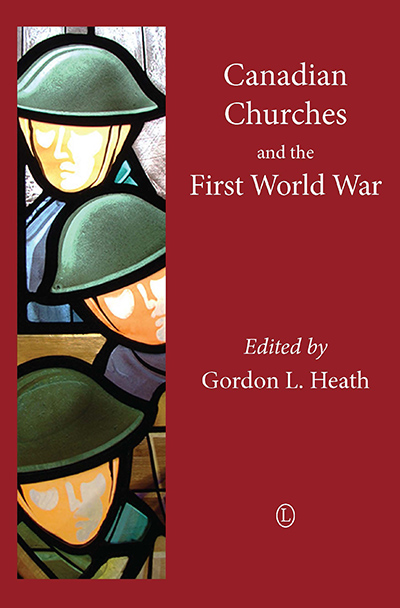Description
2004 marked the 400th anniversary of the decision, taken in January 1604 at the Hampton Court Conference, to produce a new Bible, the King James Version.
However, the history of the English Bible is not widely known. Let It Go among Our People is the story of the birth of the English Bible, the development of its literary style, and its tumultuous political history.
In England, unlike almost every other country, it was illegal to translate the word of God into the vernacular. This ban lasted one hundred and twenty-seven years. Overcoming the political and ecclesiastical resistance to an English Bible was a dangerous and difficult task. Lives were lost not only for producing English Bibles, but also for the act of owning or reading them.
The authors also analyse the language used in the Bible, viewing the whole as literature whilst studying its translation, and comparing important passages in different versions. Such close study of the text itself is warranted because the English Bible has had a profound effect on English language, literature, politics and ideas and has left a lasting impression on the language we speak today. No other language, save perhaps German, can boast that its vernacular translation of the Bible is a literary masterpiece in its own right.
This in-depth and fascinating study is finely illustrated from manuscript, incunabula and other early books to help to trace the development of this religious, literary and historical masterpiece.
About the Author
David Price is a specialist in Renaissance Studies with a PhD from Yale University; he currently teaches at Southern Methodist University.
Charles Ryrie received doctorates from Dallas Theological Seminary and the University of Edinburgh, and spent his career teaching Bible and Theology; the study of the history of the Bible has been a serious vocation for him for over four decades.
Contents
Preface
1. Sacred Text in the People’s Language
2. Renaissance of the Bible
3. Breakthrough
4. Editor-in-Chief
5. Exile
6. Queen Elizabeth Version
7. Persecution and the Catholic Bible
8. Literary Majesty
Appendix 1: Revising the King James Bible
Appendix 2: The Post-King James Era
Bibliography
Endorsements and Reviews
Lucidity based on solid sholarship is the keynote of this history of the English Bible. … The book’s major achievment is that of condensing so much knowledge into a form which retains all the authors’ varied and perceptive insights while making easy and absorbing reading, while the lavish illustrations ammount to a private viewing of the kind of exhibition of rare documents few of us have the chance to see.
Linda Gowans, Prayer Book Society Trading Ltd
The unique contribution of the book is the illustrations, charts and tables. Each chapter contains excellent material, much of it taken from rare imprints, with lengthy captions. The authors and the press are to be congratulated on a most informative and beautifully produced volume.
Professor Clyde Binfield, University of Sheffield
This short and lavishly ilustrated introduction to the history of the English Bible during the sixteenth and seventeenth centuries is an outstanding achievement. Although it has a coffee-table appearance, the scholarship behind it is of the first rank. the authors are determined to present a very complex politivcal, religious and theological story, without obvious bias one way or another.
Gerald Bray, in Churchman
This book stands out against the others for two reasons. First, it has a large book format and colour illustrations; second, it is written for the non-expert reader. The account is told simply but without the loss of a sense of the struggle and complexity of the achievements of translation and publication. For students who do not have a detailed knowledge of the history of the KJV, this book will be extremely useful. It is well written and enlivened with anecdotes and insights into the human aspects of the evolution of the translation. The book places the KJV in its historical setting and thereby serves as a useful grounding in Reformation history. It is beautifully produced with fine illustrations and as an introduction to the KJV it is unsurpassed.
Professor William Gibson, Oxford Brookes University
Be assured that experts and non-experts alike will profit substantially form its pages. Your reviewer has been reading books on the history of the English Bible for decades and he would not have wanted to miss the richness of these pages. This book is a goldmine of illustration and information and its text clarifies some of the undocumentable claims made by other books attempting to tell the story of our English Bible. I highly recommend this book for its history of the English Bible from Wyclif to the KJV.
Gerald C. Studer, in Bible Editions & Versions

